In an interview discussing Apple Pencil's design and subsequent development, Apple CDO Jony Ive said one of the team's main goals was to create an input tool clearly for making marks, not a finger replacement.
Speaking with Tony Chambers from Wallpaper*, Ive said Apple Pencil is in some ways a natural extension of Apple's iOS development. That Apple's multitouch user interface requires only fingers to operate makes it intuitive, but certain activities like drawing and sketching are better accomplished with traditional form factor tools.
"What we found is that there's clearly a group of people that would value an instrument that would enable then [sic] to paint or draw in ways that you just can't with your finger," Ive said. "And I suspect that this isn't a small group of people. I don't think it's confined to those of us who went to art school."
Apple Pencil is not intended to be used as a stylus, that is as a replacement for your finger. Ive believes the design itself makes it clear Pencil is to be implemented specifically for making marks, drawing, sketching and note taking.
"So we are very clear in our own minds that this will absolutely not replace the finger as a point of interface. But it is, and I don't think anybody would argue, a far better tool than your finger when your focus becomes exclusively making marks," he said. "The traditional pencil could have been replaced by a dish of powdered charcoal, which you dipped your finger into to make marks with. And that didn't happen."
"So we are very clear in our own minds that this will absolutely not replace the finger as a point of interface. But it is, and I don't think anybody would argue, a far better tool than your finger when your focus becomes exclusively making marks." - Jony Ive
To realize Apple Pencil, Ive and company had to perform an analysis of the "traditional experience of the analogue world" before translating that experience to a digital medium. The process was a case study in Apple's design philosophy, as Ive's team distilled the act of writing and drawing down to the fundamentals, observing the "tiniest details of in terms of what we do and how we do it, and why we do it."
Apple came away from the exercise with a better understanding of how we as collective users approach and accomplish everyday tasks, information that can be applied beyond Pencil, Ive said.
Building those teachings into an electronic device was no mean feat. Not only did Apple have to find a way to cram sensors, a rechargeable battery and control hardware into Pencil's unassuming design, but it also had to develop new supporting technologies for iPad as well. Ive mentioned the system's low latency, a feature made possible by a bespoke display subsystem that samples Pencil-to-screen interaction 240 times per second. By comparison, iPad Pro collects data at half that rate when tracking finger input.
As for Apple's decision to name its new device something other than a variation on "stylus," Ive said he likes the Pencil moniker as it's "very analogue in its association." Assigning the tool a particular name was a challenge because Pencil will ultimately become many different tools thanks to pressure- and tilt-sensing technology. Apps available in the iOS App Store help push this idea of a multi-tool further along, with the current selection enabling use as a paintbrush, drafting tool, fountain pen and more.
 Mikey Campbell
Mikey Campbell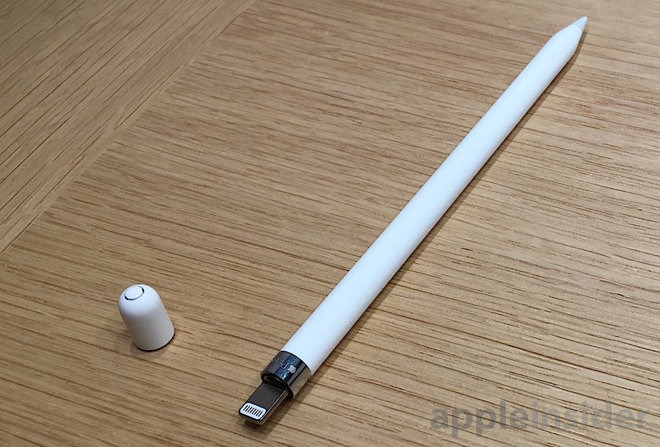



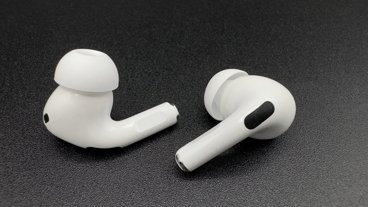



-m.jpg)





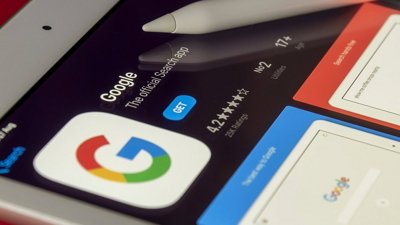
 Marko Zivkovic
Marko Zivkovic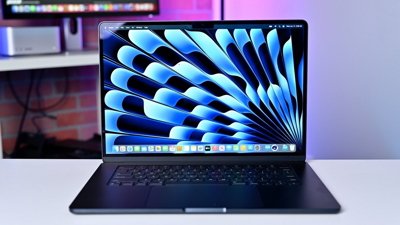
 Wesley Hilliard
Wesley Hilliard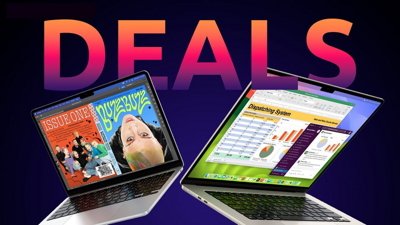
 Christine McKee
Christine McKee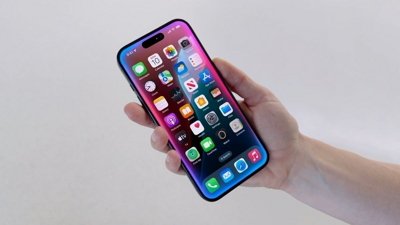
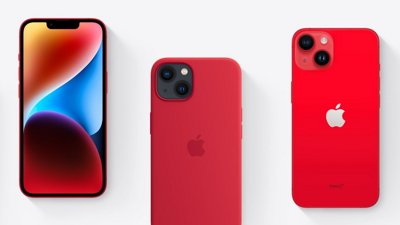
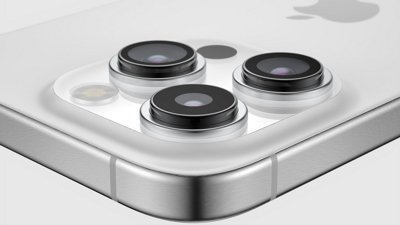
 Malcolm Owen
Malcolm Owen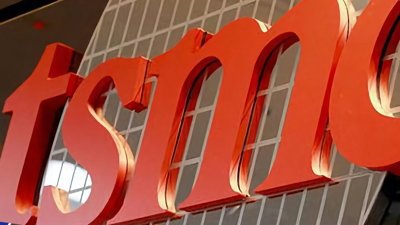
 William Gallagher
William Gallagher
 Andrew O'Hara
Andrew O'Hara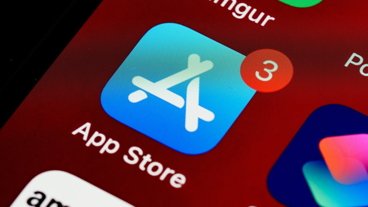






154 Comments
Yeah, okay, without mouse support I have no doubt that this will become the de-facto navigation method for those who bought the Pencil, when sitting at a desk working. Sorry but for the same reason why touchscreens on none convertible laptops don't work well apply to the iPad Pro as well, at least with the Pencil it kind of alleviates the awkwardness of having to reach across the keyboard. It's time Apple, you've already released the most hated stylus, now give us mouse support without having to resort to Jail-breaking our iPads. In reality and not Apple fanboy world were everything Apple does is golden, if the iPad ever stands a chance at being a true laptop replacement, archaic as it might be, a step back, whatever, mouse support is definitely needed. Just using my iPad Air with MS Word and a keyboard, without a mouse, once, was enough for me to never do it again, especially now with these loooooooooooooooooong over due multitasking capabilities.
Apple's design intentions are frequently lost or not communicated well, necessitating explanation like this one. In the meantime, people fill in the blanks with expectations born out of existing, similar products. One could say the Apple Newton had stylus input, but here, Ive makes a distinction between using a stylus to drive the UI vs using the Pencil (strictly) to draw with.
This is Jony's delicate way of saying, "Don't poke your eye out with it!"
Yeah, okay, without mouse support I have no doubt that this will become the de-facto navigation method for those who bought the Pencil, when sitting at a desk working. Sorry but for the same reason why touchscreens on none convertible laptops don't work well apply to the iPad Pro as well, at least with the Pencil it kind of alleviates the awkwardness of having to reach across the keyboard. It's time Apple, you've already released the most hated stylus, now give us mouse support without having to resort to Jail-breaking our iPads. In reality and not Apple fanboy world were everything Apple does is golden, if the iPad ever stands a chance at being a true laptop replacement, archaic as it might be, a step back, whatever, mouse support is definitely needed. Just using my iPad Air with MS Word and a keyboard, without a mouse, once, was enough for me to never do it again, especially now with these loooooooooooooooooong over due multitasking capabilities.
Why do you want a mouse with iPad? I never thought, "Oh I wish I got a mouse!" I have wished for a stylus only for writing or drawing. But a mouse? Explain what benefits would arise from using a mouse?
This explains why the Pencil can't be used to scroll or open an app.